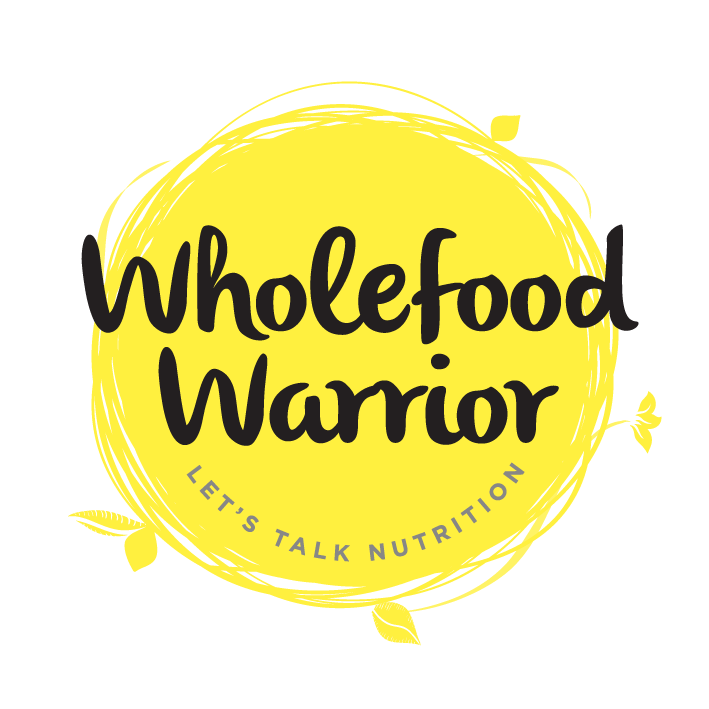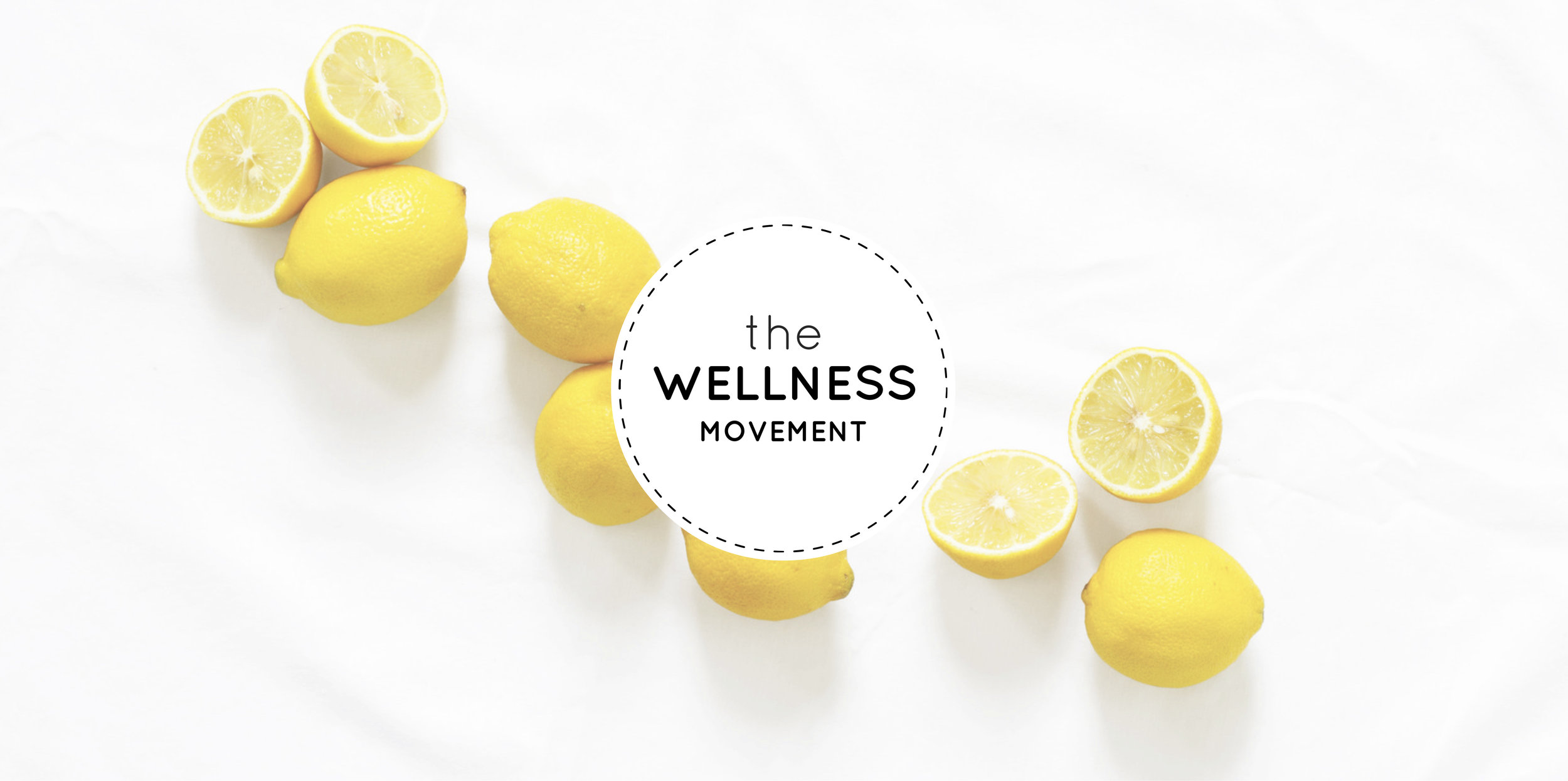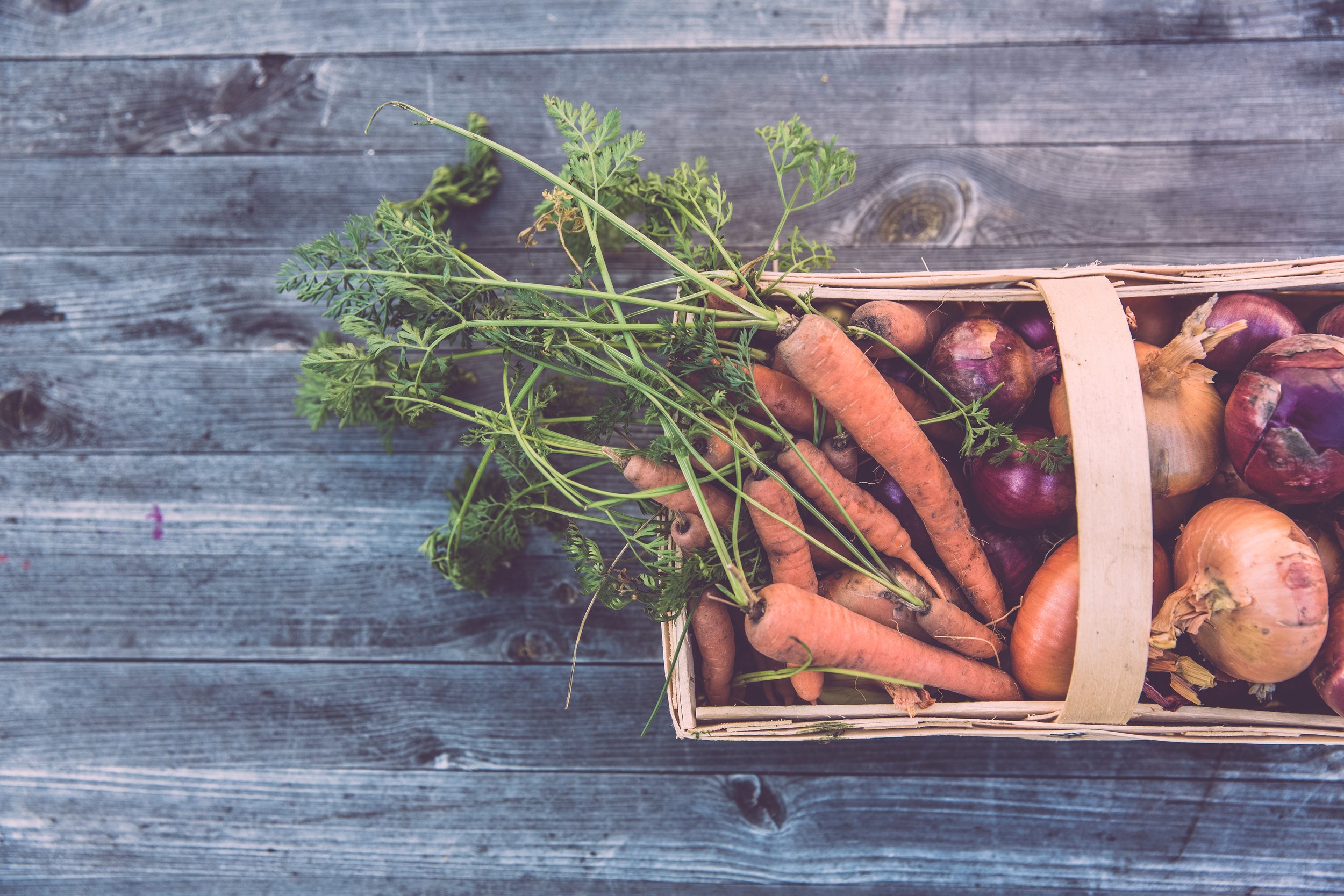High cholesterol, or dyslipidemia, affects over half of all adults in England, increasing cardiovascular disease risk (1).
With almost one in three deaths attributed to cardiovascular disease (1), it is no wonder that cholesterol lowering medication is the most commonly prescribed drug on the market.
As with any medication, statins aren't without side effects. Add to this the rise in research studies questioning their efficacy and it becomes clear that alternative strategies are required.
The management of dyslipidemia through diet and lifestyle changes is one such strategy.
This post explores what cholesterol is and what can be done to achieve safer levels of it.
What is cholesterol?
Cholesterol is a fat-soluble substance made from a combination of a steroid and alcohol.
It is made in the liver and used for a number of essential processes in the body.
These essential processes include the manufacture of hormones such as testosterone and oestrogen; bile acids which are needed to digest fats efficiently; substances that aid the repair of cells membranes and chemicals which allow the brain to communicate more effectively.
In fact, 10% of the brain's dry matter is made up of cholesterol.
When is cholesterol "bad"?
Since cholesterol is fat soluble and fat and water don't mix, the cholesterol needs a vehicle for transport in order to travel through the blood. One such vehicle is a protein carrier called a lipoprotein.
Just imagine the lipoproteins as cars and the blood vessels as roads.
There are two types of cars: high density lipoprotein (HDL) which is akin to a 4x4 and low density lipoprotein (LDL) that is the equivalent of a smaller city car.
The city cars (LDL) are driven by boy racers. They are not handled particularly safely, are likely to speed, damage their surroundings and crash.
The 4x4s (HDL) have careful, experienced drivers and even slow down the city cars to safer speeds.
Too many of the city cars speeding around would cause havoc, which is exactly what happens when LDL cholesterol outnumbers HDL significantly.
Cholesterol as a whole is required for essential processes. It is the type of cholesterol present, as well as coexisting conditions such as high blood pressure, diabetes and/or obesity that increase the risks associated with elevated cholesterol levels.
Luckily, it is possible to reduce cholesterol naturally and to manipulate the production of less LDL to an extent.
The below recommendations are designed to give you a head start.
Reduce sugar intake significantly
Minimising sugar intake should be the first port of call in reducing bad cholesterol. It is also the least obvious.
Surprised? There are two really good reasons, why it is sugar that could be the culprit of cholesterol's damaging effects.
When you eat sugar, insulin is released. Insulin, a kind of chemical messenger, tells the cells of the body that sugar is present. It is a little nudge that says: "wake up, time to use this sugar by turning it into energy". The cells dutifully take up the sugar from the bloodstream and turn it into energy.
If there is too much sugar over a prolonged period of time, insulin is continuously present, leading to the cells taking insulin for granted and ignoring it. In this state, the sugar can no longer enter the cells and ends up floating in the bloodstream.
A study conducted by the University of Warwick found that this free-floating sugar attaches itself to bad cholesterol, making it super sticky (2). Needless to say, this super sticky substance sticks to arterial walls.
There is a second thing that happens when insulin is ignored and sugar doesn't get into cells: the cells think they are starving. To stop starvation, the liver produces cholesterol, especially the bad LDL type, in an attempt to make another fuel source available.
In this instance, the production of more cholesterol is the body's way of aiding survival.
As you can guess, this increased cholesterol load plus the free floating sugar just creates more super sticky cholesterol.
Ditching added sugar, especially by avoiding fizzy drinks and sweets, will go some way in reducing blood sugar levels.
Re-sensitizing the cells so they take up sugar more efficiently requires a careful, individualised approach and the use of specific supplements. A nutritional therapy consultation with a qualified nutritionist would be the recommended strategy in such an instance.
Get the right balance of fats
There are two main fatty acids that should be brought into balance for better cholesterol levels: Omega 3 and Omega 6.
Omega 3 fats are found in fish, meat originating from grass fed animals and in small quantities in certain seeds such as flax, chia and walnuts.
Omega 6 fats are found in meat originating from commercially reared animals, vegetable oils, most nuts and grains.
The ideal ratio of Omega 3 to Omega 6 fats is 1 to 3, however, most diets supply the ratio of 1 to 20 (3).
This is significant for two reasons:
Research indicates that the presence of Omega 3 fats reduces LDL cholesterol production (4), directly reducing the bad cholesterol.
Omega 3 fats are anti-inflammatory whereas Omega 6 fats drive inflammation (4). Inflammation increases the stickiness of arteries so a balance between the Omega 3 to 6 fats is vital in avoiding the formation of arterial plaque.
Ditching Omega 6 containing products such as vegetable oils, margarines, commercially produced pastries and non-organic meat as well as increasing fish consumption to three portions per week and including plenty of leafy green vegetables will go some way in evening out the Omega 3/6 balance.
The exact balance of Omega 3 to 6 fats can now be checked via a simple finger prick test and the levels corrected with specific supplements BUT this does need the help of a nutritional therapist.
Eat more fibre
A recent systematic review by the British Medical Journal found cardiovascular disease risk reduces with increased fibre intake (5).
This doesn’t come as a surprise, since fibre found in beans, lentils, vegetables and whole grains, has a direct effect on reducing circulating cholesterol levels.
Sadly, as a nation, our fibre intake is approximately half of the recommended 30g a day. The aforementioned study indicated a reduction in cardiovascular diseases risk of 9% with every additional 7g of fibre consumed so it is well and truly worth topping up.
A good fibre day looks something like this: a breakfast of porridge made from oats with a teaspoon of flax seeds and topped with berries, lunch of a salad with kidney beans, salad leaves, cucumber, olives and a dressing of your choice, an afternoon snack of hummus with carrot sticks, a dinner consisting of a wholegrain pasta dish with a side of peas and broccoli.
It is worth mentioning that the cholesterol-reducing trend seen with increased fibre consumption was not replicated by taking fibre supplements (5). Fibre-containing foods include other beneficial compounds such as vitamins, minerals and antioxidants which all contribute to better health outcomes.
Get more sunshine
If holidays were available on prescription, we would be a much healthier nation.
Aside from the blood pressure lowering benefits of sitting on a beach, there is another reason why most of us come back feeling better after a holiday in the sun: Vitamin D.
This nutrient, produced when the sun hits our skin, has wide-ranging effects in the body.
One such effect is the regulation of serum lipids, or in plain English, the fat that circulates in the blood.
It is well known that heart attack and stroke rates increase in winter and low levels of Vitamin D resulting from the lack of sun may be the link. Research indicates that low Vitamin D levels correlate with higher cholesterol levels (6).
If a midwinter holiday is not an option, getting your Vitamin D levels checked via a GP or private blood test should be priority. This is especially important for those with darker skin, since the darker the skin, the harder it is to produce Vitamin D from the sun.
Some Vitamin D can be obtained from foods such as egg yolk, liver, mushrooms, sardines and salmon.
Fill up on Vitamin K2
A large study assessing data from 168 countries concluded that a deficiency in Vitamin K is a key factor in the development of cardiovascular disease, citing a deficiency in this vitamin as dangerous as smoking (7).
Vitamin K2, one of the two types of K vitamin, regulates the deposition of calcium so that bones and teeth receive calcium and blood vessels do not. In the absence of Vitamin K2, calcium is deposited on arterial walls, providing the perfect surface to which cholesterol attaches and leading to constriction.
This is where things get surprising: Vitamin K2 is found in all of the foods that you have probably been told to avoid if you have high cholesterol. Egg yolks, organic butter, chicken liver and full fat organic cheese are all good sources.
Get outdoors daily
According to the National Runners and Walkers Health Study, walking leads to a reduction in cholesterol amongst its many other benefits (8).
Before you start lacing up those walking boots for an epic weekend ramble, it must be noted that consistency is key. A reoccurring daily walk of 30 minutes or more is ideal.
Interestingly, walking first thing in the morning produces more benefits than doing so later in the day. Make an appointment with yourself to wake up 30 minutes earlier and get outdoors or consider a walk to work for full effect.
Cut the crap
Deficiencies in certain nutrients, a high sugar diet, the wrong kind of fats, the lack of fibre or exercise are all contributory factors in the development of high cholesterol. Whilst correcting these will be beneficial, they will merely scratch the surface if the overall picture is not right.
Stopping smoking, losing weight, reducing processed food and alcohol intake are all essential.
Note the reduction in processed foods and alcohol as opposed to total elimination.
A plant based diet with the addition of moderate amounts of organic meat and wild fish would be nutritional utopia but in a world full of temptation you’d be forgiven for going off piste occasionally.
It is what goes in your mouth the majority of the time, not the cake that you sneaked in at the weekend, that counts. Focus on good quality, minimally processed, food sources, including plenty of vegetables, 80% of the time.
If the recommendations made in this post seem impossible or you are ready for an individualised plan then a nutritional therapy consultation is the ideal next step.
Click here for further information on the kickstart nutritional therapy consultation package or get in touch if you have questions.
Fatty acid and Vitamin D testing is available at an additional cost.
References
(1) Scarborough P, Bhatnagar P, Wickramasinghe K, Smolina K, Mitchell C, Rayner M (2010) Coronary heart disease statistics. British Heart Foundation Statistics Database.
(2) Godfrey L, Yamada-Fowler N, Smith J, Thornalley PJ, Rabbani N (2014) Arginine-directed glycation and decreased HDL plasma concentration and functionality. Nutrition & Diabetes, doi:10.1038/nutd.2014.31.
(3) Simopoulos AP (2016) An increase in the Omega-6/Omega-3 fatty acid ratio increases the risk for obesity. Nutrients, doi:10.3390/nu8030128.
(4) Dessì M, Noce A, Bertucci P, di Villahermosa SM, Zenobi R, Castagnola V, Addessi E, Di Daniele N (2013) Atherosclerosis, dyslipidemia, and inflammation: the significant role of polyunsaturated fatty acids. ISRN Inflammation, doi:10.1155/2013/191823 .
(5) Threapleton DE, Greenwood DC, Evans CEL, Cleghorn CL, Nykjaer C, Woodhead C, Cade JE, Gale CP, Burley VJ (2013) Dietary fibre intake and risk of cardiovascular disease: systematic review and meta-analysis. The British Medical Journal, doi: http://dx.doi.org/10.1136/bmj.f6879.
(6) Jorde R, Grimnes G (2011) Vitamin D and metabolic health with special reference to the effect of vitamin D on serum lipids. Cureus, doi:10.7759/cureus.748.
(7) Cundiff DK, Agutter PS (2016) Cardiovascular disease death before age 65 in 168 countries correlated statistically with biometrics, socioeconomic status, tobacco, gender, exercise, macronutrients, and Vitamin K. Cureus, doi:10.7759/cureus.748.
(8) Williams PT, Thompson PD (2013) Walking versus running for hypertension, cholesterol, and diabetes mellitus risk reduction. Arteriosclerosis, Thrombosis, and Vascular Biology, doi:10.1161/ATVBAHA.112.300878.






